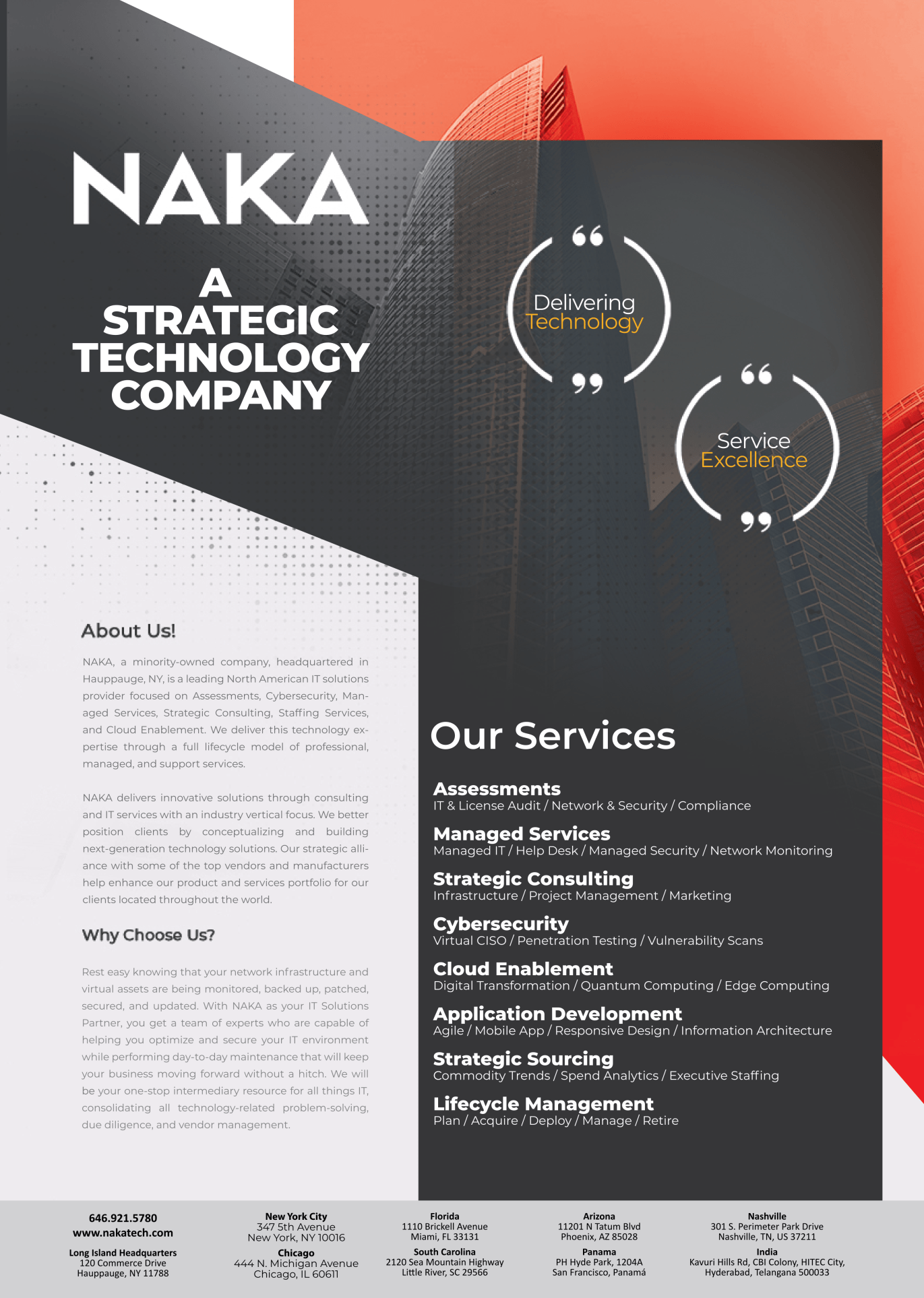Things To Keep In Mind While Planning For DevOps

Things To Keep In Mind While Planning For DevOps
DevOps is the abbreviated form of development and operations that is meant to unify the compounding developmental procedures and operations. DevOps is the unifying structure under the umbrella of people, processes and technology which enables to continuously provide value to the customers. DevOps is practiced in various different sectors and roles in an organization. Those different sectors or areas are the ones that require close collaborations amongst themselves to improve the interdependability and cross connections. This reduces the possibilities of major errors, thus making the work less laborious.
Silos have been one of the prominent issues when it comes to teamwork. Silos are the entities that create a structure in which departments focus on their own respective goals rather than the collective goal. Thus the idea of an organization’s goal achievement seems redundant here as limited by the divisional attitude of their employees. Information silos refer to the phenomena of data, knowledge or any related information that stays trapped inside the department or within the team. Such an attitude prevents any further dissemination of knowledge or information which might help the interdepartmental or within the department work culture. Silos in agile are the groups that help in preventing the formation of any such information silos that prevent healthy growth of the organization.
What is DevOps?
DevOps is the combination of practices and tools that are recommendable for the company’s growth in terms of better delivery of services via the applications which run at high velocities. It helps in improvising the traditional software and tools that need an update and gives the leverage of faster pace and evolution. This speed gained by the introduction of DevOps in the companies, they can serve their customers way better than they did before and can now more effectively market their products and services in the market.
As discussed before in the discussion above, silos are a problem that companies face while working. Under the umbrella of DevOps, developmental and operational teams or departments are no longer siloed. Rather they are all merged into a single team where the team or group of engineers work on the entire application. The entire lifecycle of working ranges from the development to test to the final deployment of that application in real life. Looking at the vast range of parameters that the DevOps cover we can notice how vast the information base required here is. It is not just one skill but a range of skills that the person needs to be good at doing DevOps. Thus the entire structure is not limited in it’s sense to just one function.
As we can understand that DevOps is not limited in its context thus the practices that the team may use might involve other factors other than just development and operations. The involvement of security in the DevOps team might be referred to as the DevSecOps team. Some models of DevOps also use other parameters such as quality assurance integrated into their teams.
One of the most common examples of DevOps in today’s time is the use of AWS by the Amazon company that reaps the benefit of DevOps. Certain benefits of DevOps are as mentioned below:
Speed
With the fast paced life that we have today changes are also prone to constant changes. Which means that the changes itself are very likely to be replaced by other upcoming changes. To cope up with this speed of changes and the variability that comes with it DevOps allows the company to move faster at a higher velocity to be on time while delivering the services to the customers. It also allows them to adapt to the changing market patterns and the apparent changes in the customer’s attitude that come with these changes. For example, the microservices and continuous delivery comes with the option of ownership. Thus by allowing ownership they enhance the bracket of responsibility making the provider directly responsible. This also ensures early and better updates.
Rapid delivery
With the improved speed that we have gotten by introducing the DevOps in the company we get the benefit of faster frequency of service providers. With this, we get ample amount of time to work on innovating our product faster and better. This gives the company an upper hand prior to launching the enhanced version of products or services before anyone else in the market does that. For example, consider the response of a customer to whom the company has provided solutions to solve their problems or fix their issue of bugs quicker- it is going to be a positive and happy response. This gives an edge to the company in the competition of the market. Continuous integration is one example that automates the software release process whenever a bug is being detected. Thus keeping the customers happy with beforehand solutions to help them with.
Reliability
Obviously with early bug fixing and problem-solving the idea of reliability does not seem to be far-fetched. With continuous integration and a delivery system is well woven together the company gets the chance to work on their quality control. This entire scenario clearly demarcates how a company becomes easily reliable in the public eyes with such a powerful tool at service.
Improved Collaboration
Because the idea of silos is being attacked under this concept the segregation of informative and knowledgeable teams or bands all on their own seems to be dissipating. With DevOps, more effective teams can be built with cultural models that boost the collaborative feeling amongst the peers. A cultural model thus created can also emphasize more on ownership and accountability. Different teams can be made to share responsibilities, collaborate on their work which ultimately reduces the barricades of inefficiencies in the organization which lets in productivity.
Scale
Scaling your operation and managerial responsibilities are other things to work on while in the organization. To scale your maximum and minimum limits for intervention in the infrastructure and development processes to operate and manage further is required. This allows repetitive work such as developing, testing and production to be reiterated in an efficient manner.
Enhanced Security
Just as the control panel of any industrial unit is the key to the entire functioning, DevOps can become the control system of any organization. With automated compliance policies and many other ingrained or finely grained tools according to the need of the company, security can be kept intact without any compromise.
Requirements for DevOps
Have clarity of your requirements
People often rush into the newest launches of the market just to match up with the pace of the world. But the key here is to read in between the lines and to understand why exactly you are opting for the latest advancements. This clarity in thoughts and vision is very much needed when dealing with DevOps. Because with the adoption of new technologies you will not only be investing an enormous amount of money but also the time and energy that follows. Software delivery and productivity are both the essence of efficient functioning. The bigger picture here is that one cannot be chosen in isolation over the other. Instead, trying to prioritize one over the other according to the company’s needs is what makes more sense in the process.
Clear the concepts first
Getting the facts straight related to the technology that you are going to be investing money in is extremely important and should rightfully be the first step before moving into any kind of commitment. Any vague idea about the technology should be cleared first and be implemented only when the entire list of what is needed and what is not prepared for the company..
Automate where needed
Automation is obviously the fuel of smart applications today. But before we start automating it, it is necessary to realize that not all processes need to be automated. Rather, prepare a list first which describes why one needs to automate the particular area or sector and then prioritize accordingly. From testing developments to deployability that are multiple layers to the entire process. The idea is to start with something very small and see the after effects of automation. Analyze the changes after automation and then accordingly choose the next area for automation. It is better to take small steps with automation than automate the entire process wholly. Once you are convinced of the benefits of automation and visible improvements, you can always expand the automation to the desired locations or processes.
Resource allocation
DevOps is a process that requires knowledge of both development and operation. The team members or employees need to streamline their processes and mold it under the DevOps technology. Because of the very technical and automated nature of this process the members involved often end up getting burnt out. Thus to enable your employees to focus more on the core activities and gain the benefits out of this, it is important to devote a significant amount of resources towards the technology workers needs. This will ensure maximum productivity and will enable enough time for strategic thinking.
Change management
With DevOps in place, constant changes are the newest introduction to your company’s IT department.is the allocation of resources are not enough and the technology members are short of enough tools to manage the changes quickly they might be left struggling for solutions. It is very thoughtful to allow the change management and the DevOps to co-exist together.
Earlier models of change management relied on monolithic models which were way more complex in their approach. The tedious permissions and managerial approvals required for any changes in the IT department discouraged effective and on time decision making. The entire process can actually discourage a person from bringing any kind of changes due to the lengthy system of approvals and permissions. Thus the old change management needs to be updated to a modern change management that allows intelligent and smart checks and balances without much time consumption.
DevOps Engineer
As far as we have understood, DevOps is definitely not a monolithic process. It requires a deeper and wider understanding from the person involved. Thus carefully and wisely choosing the engineer is a step ahead in the right direction. The qualities that the engineer needs to possess should be as follows:
1)A good understanding of quality assurance
2)Virtualization- it means to be able to extract the underlying hardware or software and make
things more remote. This refers to the system of servers, networks etc.
3)Good understanding of cloud technologies
4)Skilled programming-
To create large and robust applications
Capable of writing high quality tools
To overcome difficulties effectively
5)A good understanding of continuous operations
DevOps is the combined effect of continuous integration, delivery, development, and deployability. These components make DevOps what it is. From the beginning to intermediate to the final processing DevOps can help in every step of the process. Thus the multidimensional knowledge will help with efficient functioning.
Being up to date
Because of the variable nature of the technology and the constantly changing nature of it, it is recommended that the employees stay updated with the latest changes or trends that have emerged in the market and thus update their applications accordingly.
With the above compiled knowledge of DevOps we have come to an understanding of how many important changes come along with its introduction. Not only does it introduce multidimensionality to the otherwise homogeneity of the organization but also increases efficiency by targeting productivity and operations well at an early age of the process. With improved efficiency and the dynamism added to the stagnated silos formations, we can definitely achieve higher goals with better accuracy in a shorter span of time. The key is to keep up to date and go with the flow- flow here being the changes that DevOps helps us get well equipped with.



